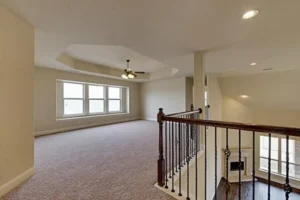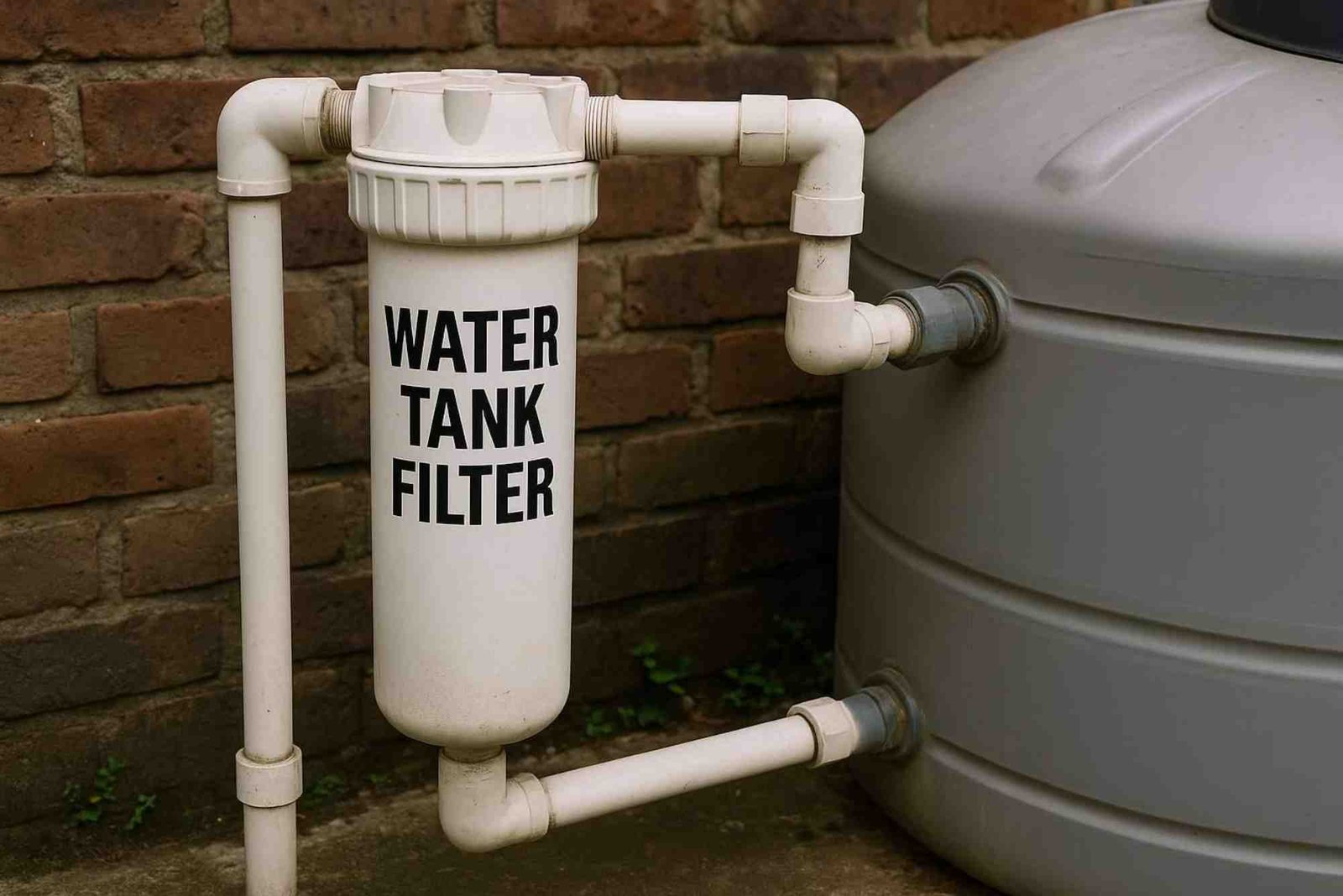Radon is a naturally occurring radioactive gas that originates from the breakdown of uranium in soil, rock, and water. It is colorless, odorless, and tasteless, making it a silent threat in many homes. While radon is a concern in basements and lower levels of homes, many homeowners wonder whether this gas can travel upstairs and affect other living areas. This article delves into the science behind radon movement in homes and what you can do to protect your household from its harmful effects.
What is Radon?

Radon is formed when uranium, present in small amounts in soil and rock, undergoes radioactive decay. The gas can seep into homes through cracks in the foundation, gaps around pipes, and other openings. Once inside, radon can accumulate to dangerous levels, particularly in enclosed spaces with poor ventilation.
How Does Radon Enter Homes?
Radon typically enters homes from the ground beneath the building. The gas seeps up through the soil and into the structure, often through:
- Cracks in the foundation
- Construction joints
- Gaps around service pipes
- Cavities inside walls
- Sump pits and floor drains
The concentration of radon can vary depending on factors such as the home’s construction, the materials used, and the soil composition around the house.
Radon Movement Within the Home

Once radon enters a home, it doesn’t stay confined to the basement or lower levels. Because radon is a gas, it moves freely with the air in the house. This movement is influenced by several factors:
Stack Effect: Warm air inside a house tends to rise, drawing in cooler air (and radon) from the lower levels or the ground. This upward movement, known as the stack effect, can cause radon to travel from the basement to the upper floors.
Air Pressure: Differences in air pressure between the inside and outside of a home can also cause radon to move upward. Homes often have lower pressure than the surrounding soil, causing radon to be drawn inside and dispersed throughout the building.
Ventilation and HVAC Systems: The use of heating, ventilation, and air conditioning (HVAC) systems can distribute radon throughout the house. For example, forced-air heating systems can pull radon from the basement and circulate it to other areas.
Does Radon Concentration Decrease Upstairs?
It is a common misconception that radon concentrations are lower on the upper floors of a home. While radon levels might be highest in the basement, this does not mean that the upper floors are safe. In fact, radon can be evenly distributed throughout the home depending on the factors mentioned above.
However, radon concentrations can sometimes be lower on upper floors due to:
Dilution: As radon rises through the house, it can mix with fresh air, potentially diluting the concentration. This dilution effect depends on how well-ventilated the upper levels are.
Air Exchange Rates: Upper floors may have better ventilation and higher air exchange rates, which can reduce radon levels.
Despite these factors, the radon concentration on upper floors can still be high enough to pose a health risk.
Health Risks of Radon Exposure
Long-term exposure to radon is the second leading cause of lung cancer after smoking. The risk is directly related to the level of radon in the home and the duration of exposure. Even low levels of radon can be dangerous over time, particularly if the gas is present throughout the entire house.
Testing for Radon
Testing is the only way to know the radon levels in your home. Radon test kits are available for purchase, and professional testing services are also an option. It is important to test both the basement and upper floors to get an accurate picture of the radon levels throughout your home.
Radon Mitigation Strategies
If high levels of radon are detected in your home, mitigation is necessary to reduce the risk. Common radon mitigation techniques include:
Sealing Cracks and Openings: Reducing the entry points for radon can help lower indoor levels.
Sub-Slab Depressurization: A pipe and fan system can be installed to draw radon from beneath the house and vent it outside.
Improving Ventilation: Increasing the air exchange rate in your home can help dilute radon concentrations.
Radon is a serious health risk that should not be overlooked, and it can indeed travel upstairs and affect the entire home. Homeowners should test their homes for radon and take appropriate mitigation measures if high levels are found. By understanding how radon moves and taking proactive steps, you can protect your family from this invisible threat.












